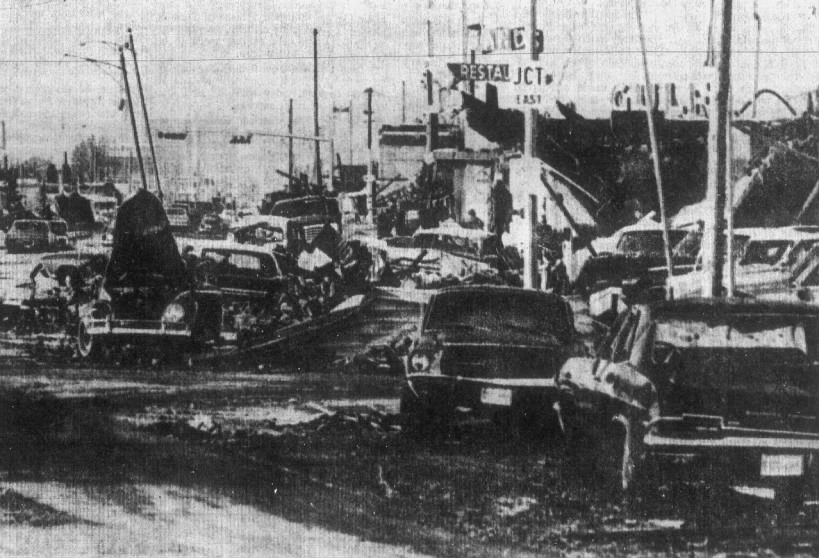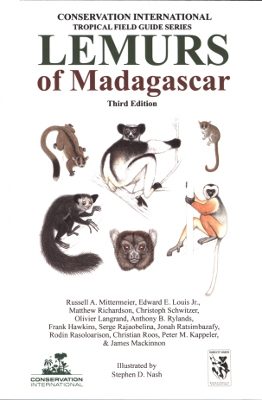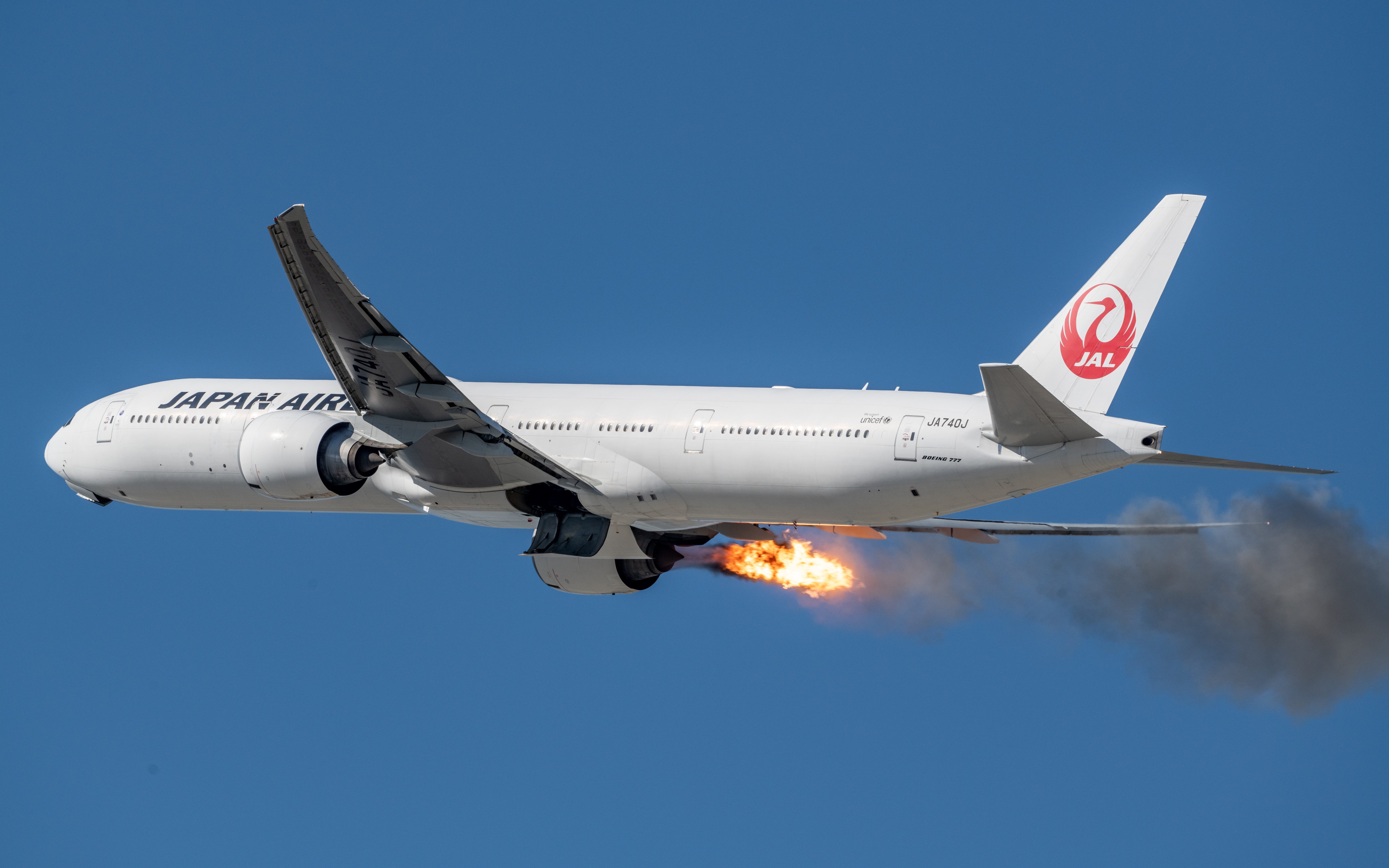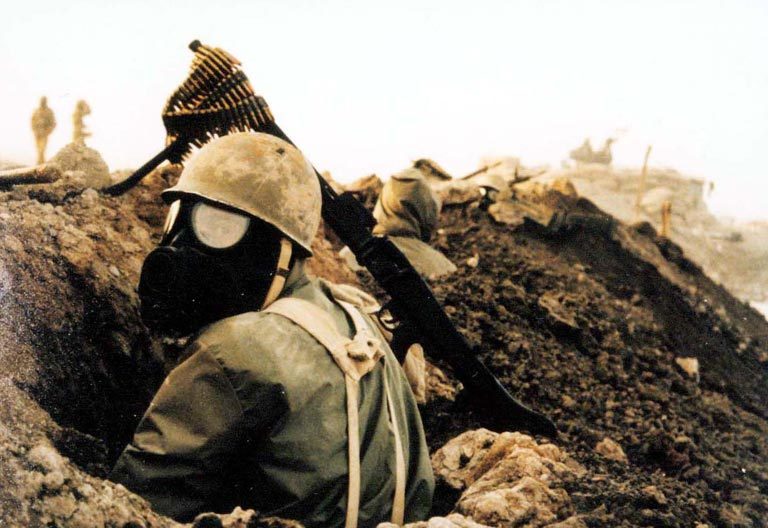Description
During the evening hours of May 11, 1970, an extremely violent multiple-vortex tornado struck a large portion of the city of Lubbock, located in the state of Texas, United States. The incident resulted in 26 fatalities and an estimated $250 million in damage. Known as the Lubbock tornado, it was in its time the costliest tornado in U.S. history, damaging nearly 9,000 homes and inflicting widespread damage to businesses, high-rise buildings, and public infrastructure. The tornado's damage was surveyed by meteorologist Ted Fujita in what researcher Thomas P. Grazulis described as "the most detailed mapping ever done, up to that time, of the path of a single tornado." Originally, the most severe damage was assigned a preliminary F6 rating on the Fujita scale, making it one of only two tornadoes to receive the rating, alongside the 1974 Xenia tornado. Later, it was downgraded to an F5 rating. The extremity of the damage and the force required to displace heavy objects as much as was observed indicated that winds produced by vortices within the tornado may have exceeded 290 mph (470 km/h).







